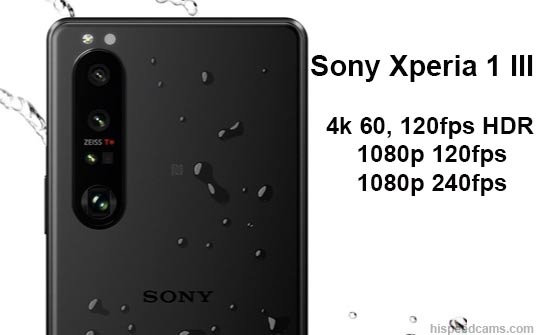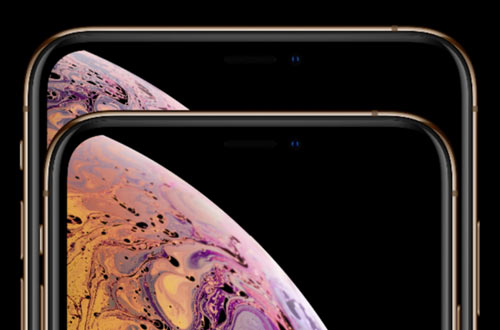This week Sony Announced Xperia 1, the successor to their previous flagship the Xperia XZ3 with a few new features and a very ultra-wide 21:9 CinemaWide™ 4K HDR OLED display which creates cinematic like aspect ratio UHD video with what they claim Cinealta HDR color science. The footage does look impressive at first glance but we have to remember the small sensor on phones simply cannot compete with an APS-C or Full Frame Cinealta camera sensor.
The good news is that the phone continues to offer the 960fps Full HD 1080p spec as in previous phones the XZ series. Sony chose to not allow initial samples of footage shot in various modes including the high speed because the phone is not finalized. From anecdotal evidence, it seems to compare favorably with their Xperia XZ3 but with some better color characteristics due to the Cinealta heritage color LUTs.
Xperia 1 Camera features:
- Cinema Pro powered by CineAlta – 21:9 movie recording
- LOOK colour settings
- 4K HDR movie recording
- BIONZ XTM for mobile
- RAW noise reduction
- Eye AF
- Up to 10FPS AF/AE
- Dual photo diode
- RGBC-IR sensor
- Hybrid OIS/EIS video stabilization
- 960 fps Super slow motion video (FHD/HD)
- 2x optical zoom & 5x digital zoom
- Bokeh effect
- HDR (High Dynamic Range) photo
- Hybrid Autofocus
- 3D Creator
12MP 26mm (Standard Main Camera)
- Exmor RSTM for mobile memory-stacked sensor
- 1/ 2.6” sensor size
- Pixel pitch 1.4μm
- 78° angle
- F1.6 lens
- OIS photo stabilization
- Hybrid OIS/EIS video stabilization
12MP 16mm (Super Wide Angle)
- 1/3.4 sensor size
- Pixel pitch 1.0μm
- 135° wide-angle
- F2.4 lens
12MP 52mm (Telephoto)
- 1/3.4 sensor size
- Pixel pitch 1.0μm
- 45° angle
More Camera Modules To Get Around Limitations:
As you may have seen lately, phones area adding full camera and lens modules to get around the limitations of small spaces that cannot allow a full-fledged zoom lens on a thin phone form factor. As to why the call a 50mm lens a telphoto that is up for debate. Usually, these focal lengths are called standard or portrait lenses. On a phone that has such wide view lenses, we estimate that a 2x is now considered a tele focal range. A 3x or 4x with a minimum of 100mm would be ideal here to really spice things up. Problem is the sensor would be further reduced to accommodate such a lens on a thin phone.
Slow Motion 960fps Mode!
Since the main camera on the Xperia 1 has the largest sensor of the bunch with the preferable Pixel pitch of 1.4μm, we estimate the slow motion feature will only be attached to this module to have the stacked MotionEye memory module capable of super slow motion.
Sony Xperia XZ3 Super Slow Motion 1080p 960fps Camera Test by Phone Battles:
In previous releases from Sony the slow motion feature was only for 0.1seconds at 1080p full HD and for 0.2sec for 720p. We have not seen any samples from the feature on the Xperia 1 yet but we estimate there might be a direct feature translation from the XZ3 which means no improvement in time recording. Sony has not given any specifics for the feature and initial reviewers were not allowed to share any details on this.
Until the phone is released we will have to wait for direct comparisons. What is encouraging is that the phone has more onboard memory and faster processing which in theory could allow for more recording time. Right now 3.2 seconds slow motion in a 30p timeline at 1080p and 6.4sec at 720p is just too short to be useable.
Sony Xperia 1 hands-on preview by GSMArena: → Continue Reading Full Post ←




